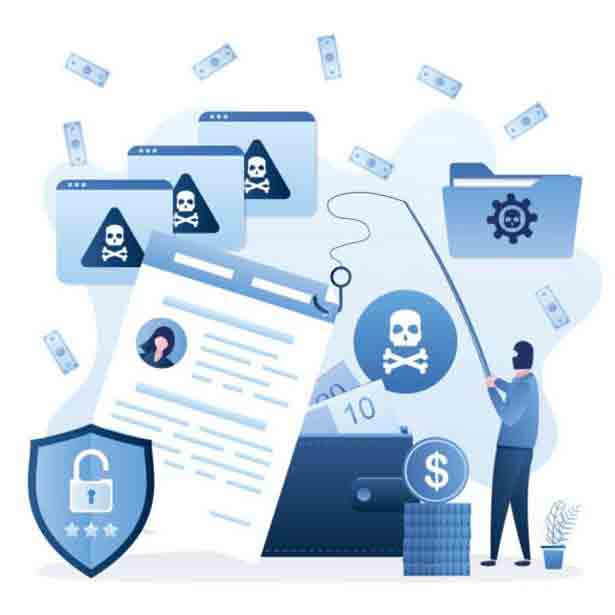Fighting fraud at its source is the best way to keep your organization, staff, donors, and sponsors safe. Enrolling management and governing bodies in an anti-fraud training course is an excellent start.

ACFE research shows that fraud is most often detected through tips from fellow employees. That’s why a comprehensive risk assessment strategy is essential.
Risk Assessment
A risk assessment is a process of gathering all the information you have on your assets and the threats that could affect them. You then categorize the risks by how likely they are and what their impact would be if they occurred. Typically, the risks that are most likely and have the most severe consequences will be mapped as high priority while those that are very unlikely with very minimal consequences get mapped as low priority, browse this site.
Once you have your risk matrix completed, the next step is to create detection strategies that will link with and complement your prevention controls. These detection plans should be visible to employees and can act as one of the best deterrents of fraud, .
Regardless of the size of your company or the industry you work in, fraud is a serious threat and one that can damage your reputation. According to ACFE, the median loss caused by occupational fraud schemes is $140,000.
Authentication
Authentication methods are the first line of defense against fraud. They must be strong enough to prevent hackers from using stolen usernames and passwords, which can lead to all kinds of fraud. Two factor authentication (2FA) is a good example: A password is one knowledge factor, and an email or text message with a verification code is another.
In addition to strong prevention measures, companies should have a robust detection plan and make it visible to employees. The ACFE study found that when the existence of a fraud detection system was made public, it acted as one of the most effective deterrents to employee dishonesty.
Documentation is also important; for instance, a “for deposit only” stamp on all checks and requiring two signatures on bills above a certain amount can reduce billing scheme embezzlement. Another method is segregation of duties (separating transaction recording, approval and custody between different divisions or individuals within a business unit). This is a great way to increase the barriers for anyone trying to commit fraud.
Anomaly Detection
Anomaly detection is the process of identifying unusual activity in data. It can be used to identify security vulnerabilities or potential fraud. It can also be used to detect health issues such as disease outbreaks and identify patients who require immediate medical attention.
Many fraudsters use a low and slow approach to their crimes, which is why it’s important for organisations to have the right detective measures in place to catch them early. An effective fraud prevention policy should include robust recruitment stages, thorough pre-employment checks, and a rotating workforce that prevents dishonest employees from abusing their position of trust over time.
According to the ACFE, most occupational fraud cases are discovered by a tip from another employee or an external source. By raising awareness of the different types of fraud, employees can become more aware of suspicious behavior and act on any anomalies they observe. Anomaly detection can help them do this by spotting outliers across financial datasets.
Artificial Intelligence
A successful anti-fraud strategy requires an integrated approach that includes awareness, prevention, detection and investigation. The most important element of this is making your fraud risk policy clear to all employees, including types of fraudulent activity and consequences of committing the offence. This will help to deter people from committing fraud and will also make it easier to catch them if they do commit fraud or theft.
AI is used to prevent and detect fraud across a variety of industries, from analyzing legal documents for compliance issues to assessing credit scores with greater accuracy than human reviewers. It is also used in digital personal assistants such as Alexa or Google and in life sciences to spot cancer on medical images.
Conclusion:
Fraudulent activities cause costly losses for businesses, not to mention damage their reputation. By implementing AI prevention tools, companies can save money and time while protecting their customers. Fill out the form to learn more about CSU Global’s 100% online Master’s Degree in Artificial Intelligence and Machine Learning.
